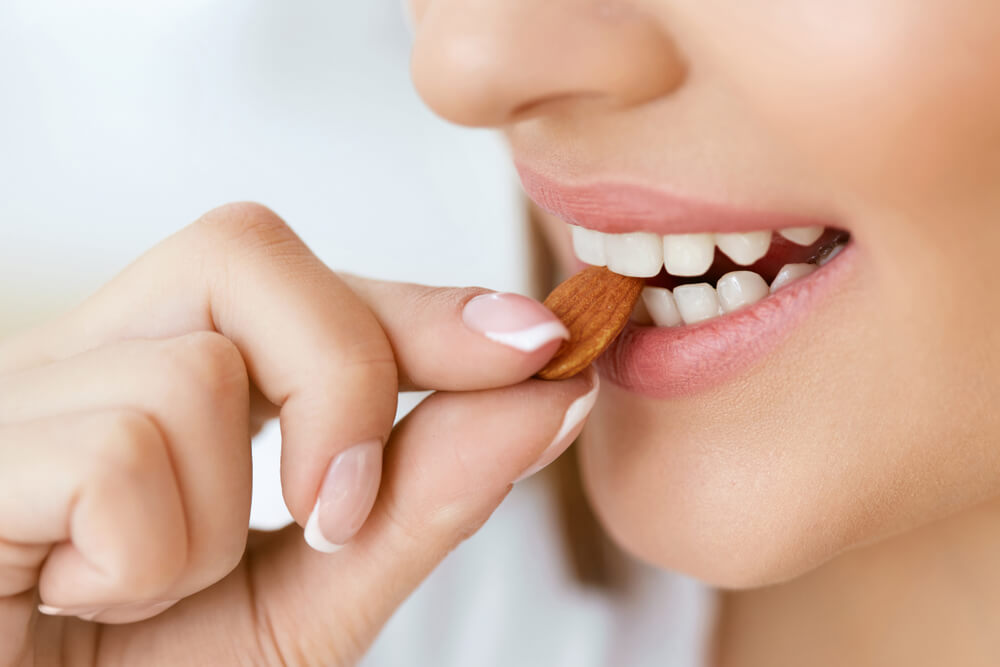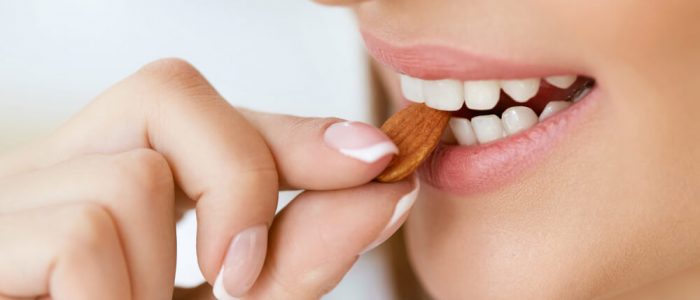Can I Eat After Getting a Filling?

After getting a cavity filling, you might be wondering:
“Is it safe for me to eat after getting a filling?”
Yes — However, you should wait at least 24 hours. The exact time you’ll need to wait will depend on what type of filling you have and the type of food you’re sensitive to.
“Can I drink water after getting a filling?”
Do not drink for the first hour or two after a filling. After you’ve waited, you can drink lukewarm water. You might have some cold sensitivity.
Northside Dental Clinic in Springfield, Missouri explains.
Amalgam filling (silver filling)
The filling takes 24 hours to harden. So it’s better to not eat for the rest of the day. If you do, make sure to chew soft foods on the unaffected side of the mouth.
Composite filling
The evolution of fillings has come a long way. Composite fillings are designed to match the same natural-looking color of one’s teeth. A blue UV light is used on the tooth.
What foods should I avoid?
AVOID certain foods for at least a week after getting your filling, including sticky, gooey, or hard food textures that could damage your filling.
The last thing you want to do is damage your filling right after getting it.
Avoid any food that is:
- Hard
- Crunchy
- Sugary
- Acidic
- Extremely hot or cold
- Sticky
You can eat any food that DOES NOT stick to your teeth or is difficult to bite down on:
- Mashed potatoes
- Smoothies
- Soup
What about tooth sensitivity to food after a filling?
According to Healthline.com, it’s normal to be sensitive to sweet foods, pressure, air, or temperature change (warm to cold liquid). Just avoid foods that cause added sensitivity for a while.
How long will it last?
— Well, the duration of the sensitivity depends on a few factors:
- Discomfort in the gum tissue or nerve irritation: Take ibuprofen or topical ointment. It should subside in a few days or weeks.
- Heightened sensitivity to hot or cold: Rinse with salt water, green tea, hydrogen peroxide rinse, or vanilla extract.
- Pain when clenching teeth: Consider asking your dentist to even the filling, if the bit is uneven. If not, avoid hard, dense foods and drink plenty of water.
- Different filling materials touching: If you have multiple fillings or crowns, contact between them can be discomforting. The sensitivity disappears over time.
Here’s the exception:
If you’re in extreme pain, or discomfort, or have a fever, gum tissue bleeding, or swelling persists, CONTACT YOUR DENTIST IMMEDIATELY for further help.
Do’s and Don’ts After a Tooth Filling to Ensure It’s Long-Lasting
Fillings don’t last forever. Wear and tear occur over time. Sometimes fillings fall out! But with great dental habits, you can prolong your filling’s longevity.
- Check to make sure your bite is even. Ask your dentist to fix the placement if it isn’t.
- Keep your teeth clean. Better hygiene means your fillings will last longer. Brush twice a day and floss once a day. Use an alcohol-free mouthwash.
- Pay attention to sensitivity: If you’re feeling mild pain, it shouldn’t last any longer than a week. If it does, contact your dentist.
Schedule A Dental Checkup in Springfield, Missouri
If you’re interested in getting a high-quality dental cleaning or check-up on your teeth, schedule an appointment for a filling at Northside Dental Clinic in Springfield, Missouri.

